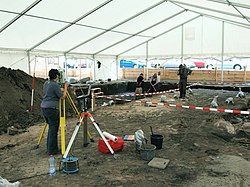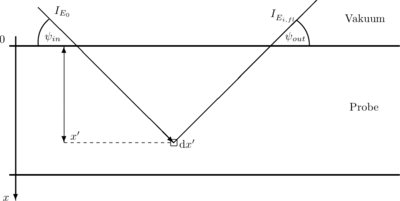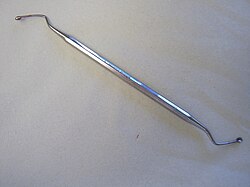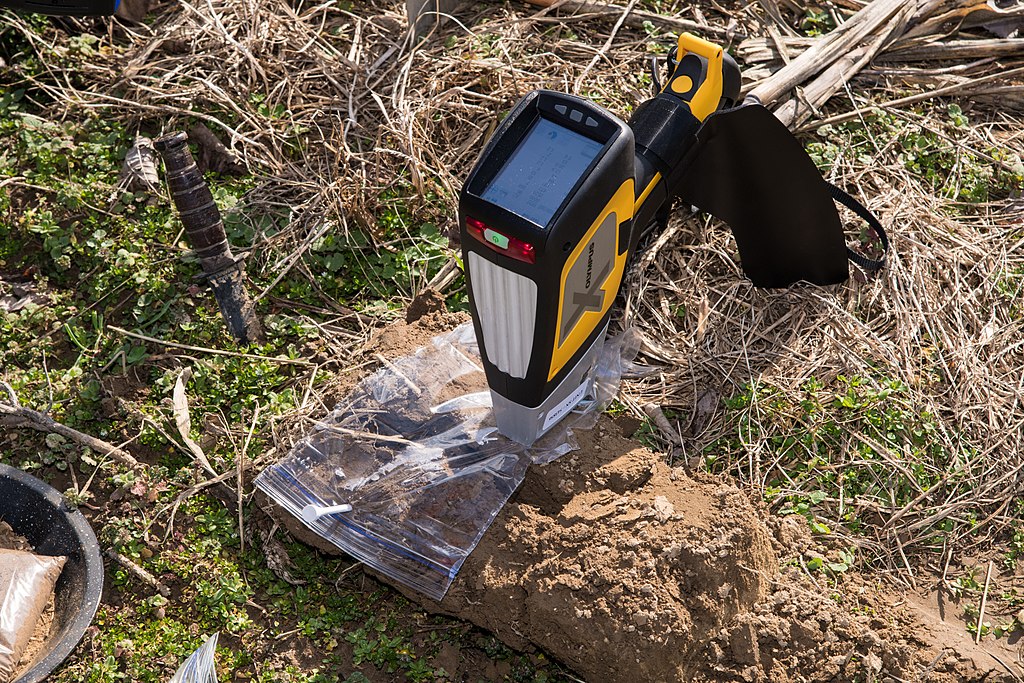20180221-OSEC-LSC-0055 (39518128545)
This technology provides an efficient and timely analysis for the customer so that they can make their land use decisions. Previously, aerial surveys and excavations were needed to get soil samples that were sent to laboratories for analysis.
The increased use of surburban/urban interfaces for agricultural production is one of the reasons this device was brought into service is to detect metal content in soil that people may have put on the land. USDA Departmental Administration Radiation Safety Division Specialist Katina Jones, red shirt, takes advantage of the nearby XRF device demonstration to get some field measurements of natural radiation in the area and then near the device in various modes. No problems were detected.
Flinfo has extracted the license below from the metadata of the image (tag "IFD0:ImageDescription" contained "USDA Photo"). The license visible at Flickr was "Public Domain Mark".
Relevante Bilder










































Relevante Artikel
AusgrabungUnter einer Ausgrabung beziehungsweise Grabung wird im deutschen Sprachraum die archäologische oder paläontologische Freilegung eines von Erdboden oder von Erd- oder Steinauftragung verdeckten Befundes (Bodendenkmal) verstanden, bei dem dieser Vorgang mit wissenschaftlicher Zuverlässigkeit dokumentiert wird. Es ist letztlich eine kontrollierte Zerstörung des Befundes. Die Größe der Grabungsfläche richtet sich nach dem Befund an sich, den zur Verfügung stehenden Mitteln und der akuten Notwendigkeit (Grabungsumfang) sowie den handlungsbestimmenden Zielen. Die Abtragung des Erdbodens erfolgt schichtweise, sie zählt zu den „invasiven archäologischen Methoden“. Zentral ist neben der (Einzel-)Fundbergung auch die Datierung, hier bieten sich verschiedene Datierungsmethoden an. Bauten, Gebäude, Grabanlagen etc. werden ebenfalls freigelegt, verbleiben aber zumeist in situ und erfahren hiernach nur selten einen gerichteten Transport. .. weiterlesen
RöntgenfluoreszenzanalyseDie Röntgenfluoreszenzanalyse (RFA), auch Röntgenfluoreszenzspektroskopie (RFS) genannt ist eine Methode aus der Materialanalytik auf Grundlage der Röntgenfluoreszenz. Sie ist eine der am häufigsten eingesetzten Methoden zur qualitativen und quantitativen Bestimmung der elementaren Zusammensetzung einer Probe, da die Proben durch die Messung nicht zerstört werden und keine Aufschlüsse benötigt werden. Besonders breite Anwendung findet sie in der metallverarbeitenden Industrie, bei der Untersuchung von Glas, Keramik und Baustoffen sowie bei der Analyse von Schmierstoffen und Mineralölprodukten. Die Nachweisgrenze liegt etwa bei einem Mikrogramm pro Gramm (ppm). .. weiterlesen
